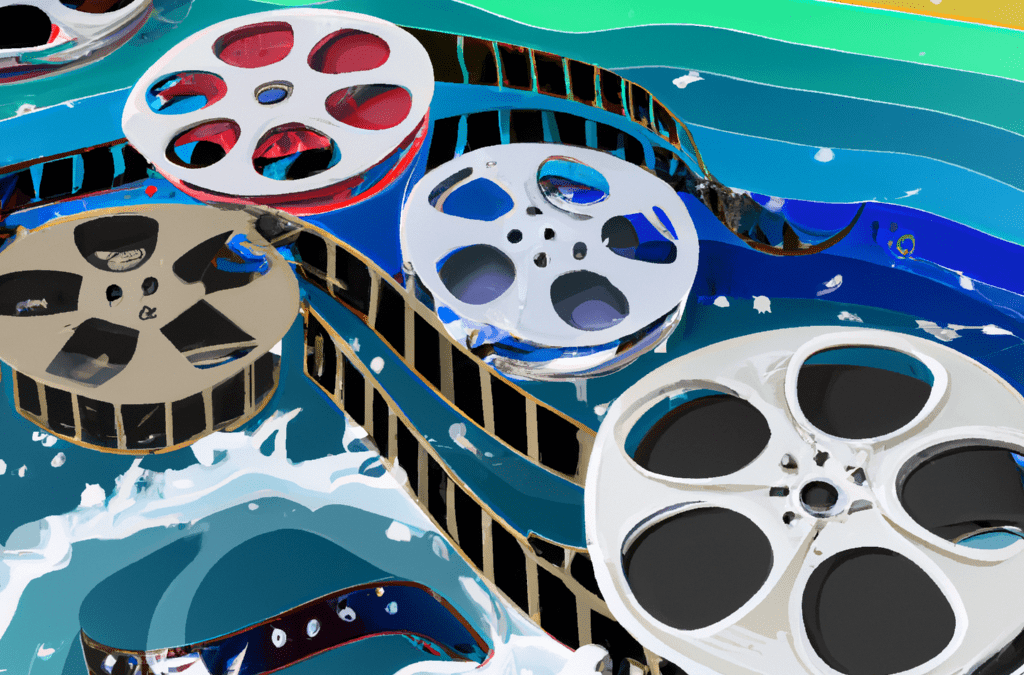Converting 8mm and Super 8 film to digital video formats can be a challenging and time-consuming process. The process involves work and attention to detail to ensure that the resulting digital video is of good quality. In this blog post, we’ll discuss the challenges that come with converting 8mm and Super 8 film to digital video formats.
Condition
The first challenge is in the condition of the film. 8mm and Super 8 films are often old, and they can become brittle and fragile over time. This can make them difficult to handle and may result in damage or loss of footage. To avoid this, it’s important to handle the film carefully, and if necessary, have it professionally cleaned and repaired before starting the conversion process.
Resolution
Another challenge is in the resolution of the film. 8mm and Super 8 films have a lower resolution than modern digital video formats, which can make the resulting video look grainy or pixelated. This can be especially noticeable when the video is viewed on a large screen. To address this, it’s important to use high-quality film scanners and capture equipment. This ensures that the video is captured at the highest possible resolution.
Color Correction
Color correction is also a major challenge. The films were originally shot using analog technology. This can result in color shifts and variations in color temperature. To correct these issues, it’s important to use professional color correction software and hardware. This helps ensure that the colors in the resulting video are accurate and consistent.
Audio
Sound can also be a challenge when converting 8mm and Super 8 film to digital video formats. The original films often have mono soundtracks or no sound at all. This can make the resulting video less engaging. To address this, it’s possible to add a new soundtrack to the video, such as music or sound effects. Another option is to use modern sound restoration techniques to improve the quality of the original soundtrack.
Time-consuming
Finally, the process of converting 8mm and Super 8 film to digital video formats can be time-consuming and labor-intensive. It requires specialized equipment and software, as well as a great deal of patience and attention to detail. To get the best results, it’s important to work with professionals who have experience in converting film to digital video formats. This will help ensure that the resulting video is of high quality and that the process is completed efficiently and effectively.
In conclusion, converting 8mm and Super 8 film to digital video formats is not without its challenges. However, with the right equipment, software, and expertise, it’s possible to create a digital video that is of good quality and faithful to the original film. If you’re considering converting your old film to digital video, be sure to work with professionals who have experience in this area to ensure the best possible results.


Hello, Best Video Transfer Service team! I came across your article on converting 8mm and Super 8 film to digital, and I found it to be a really helpful resource for anyone looking to preserve old films in a more modern format. As someone who is interested in film preservation, I appreciate the work you’re doing to educate people on the best techniques for converting old films to a digital format.
One of the things I appreciated about your article was the way you provided a comprehensive overview of the different methods available for converting 8mm and Super 8 film to digital. From DIY methods to professional film transfer services, you covered a wide range of options and provided valuable insights on the pros and cons of each approach.
Another aspect of your article that stood out to me was the way you emphasized the importance of choosing a high-quality film transfer service for the best results. As you pointed out, not all film transfer services are created equal, and it’s important to choose a service that can capture the full detail and resolution of the original film. Your recommendations for specific film transfer services were really helpful in this regard.
Overall, I thought your article was a great resource for anyone who is looking to convert old 8mm and Super 8 films to a digital format. By providing a detailed overview of the different options available and emphasizing the importance of choosing a high-quality transfer service, you’re helping people make informed decisions about the best approach for their specific needs. Thanks for sharing your insights, and keep up the great work!
Hey there, Best Video Transfer Service! I just read your article on converting 8mm and Super 8 film to digital and I have to say, I found it incredibly informative. As someone who has some old family films lying around, I had been curious about the process of digitizing them, and your article provided some great insights.
I appreciated how you laid out the different options for converting film to digital, from DIY solutions to professional services. It was also helpful to learn about the different file formats and resolutions that are available for digital files, as I had no idea there were so many options. I found it particularly interesting that you mentioned how different types of film require different types of scanners, and how some older films may have deteriorated over time, which could impact the quality of the digital transfer.
Overall, your article has given me a lot to think about when it comes to converting my family films to digital. I’m leaning towards using a professional service, as it seems like they have the expertise and equipment needed to ensure the best possible transfer. Thank you for sharing your knowledge on this topic, and I look forward to reading more of your articles in the future!